No matter how snug a threaded pipe connection is, you need to secure them with proper sealants to hold them in place for the long run. You may have heard about Rectorseal and Teflon tape while looking for options, but which of these should you use? We've researched these products and laid out their pros and cons for you.
Homeowners usually look for Teflon tape, often known as plumber's tape, for its convenience, ease of use, and availability. Rectorseal or pipe dope may be more suitable for individuals who want a tighter and sturdier seal at an affordable cost. Some homeowners also use both sealants together for extra security.
Choosing the appropriate thread sealant will vary on the pipes and system's installation. Keep reading to learn more about the different options and how to pick the best sealant for you.
What Thread Sealant Should I Use?
There are three common thread sealant variants: Teflon tape, pipe dope (including Rectorseal), and thread lockers. Although they serve the same purpose, each is suitable for different cases. Some recommend using them altogether for extra security.
Using thread sealant on pipework helps hold them in place, makes disassembly less complicated, and protects them from corrosion and other damages. Without a thread sealant, pipework is prone to leakage and sudden parts detachment.
You don't always need to use thread sealant unless the system requires a threaded connection or when the pipes cannot achieve their own water or airtight seal during assembly.
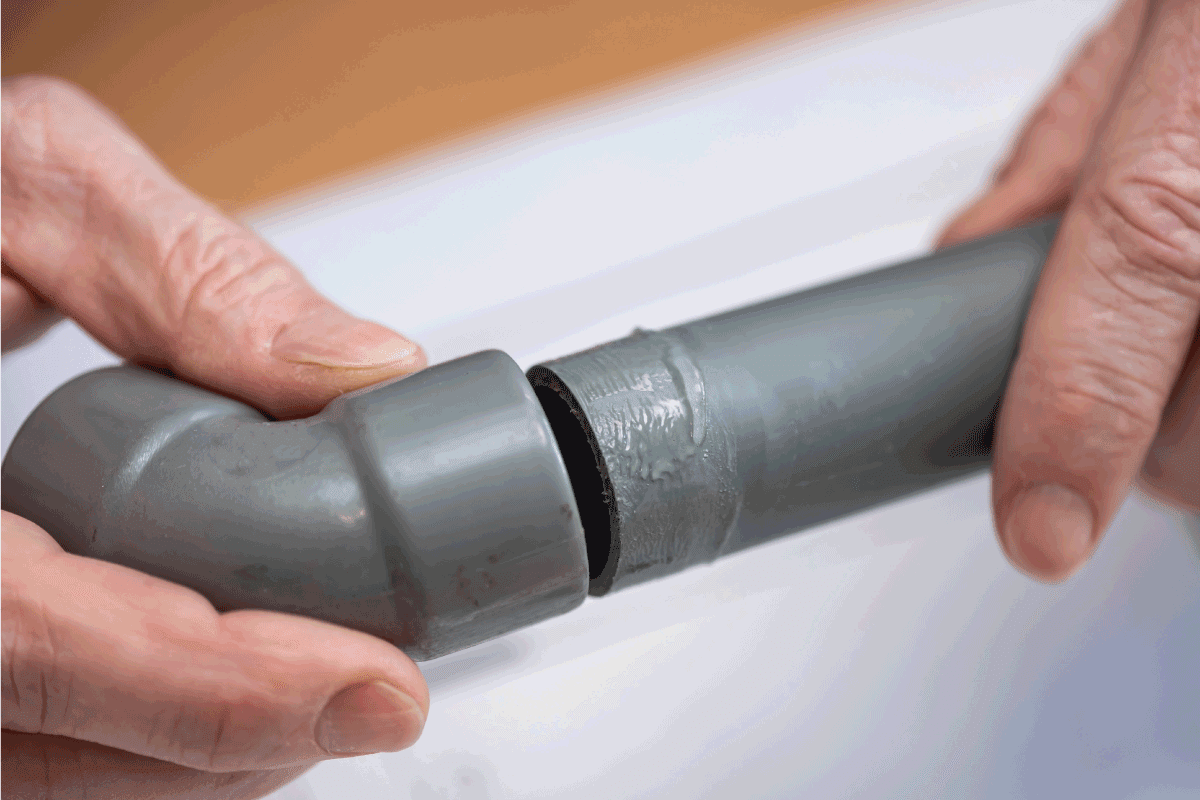
Types Of Pipe Thread Sealant
Listed below are the common pipe thread sealant options available.
Plumber's Tape Or Teflon Tape
Unlike the usual adhesive, Teflon tape or plumber's tape doesn't stick pipes. Instead, it acts as a lubricant to lock threaded parts together.
To use it, wrap it on the female threads to seal the pipes by clogging their gaps.
Teflon tape comes with several benefits, including ease of use and accessibility, suitable for homeowners who prefer a quick method to hold pipes together. However, they don't have adhesion, so you might need additional sealant if you want a tighter or more secure seal.
Using Teflon tape may require proper installation to prevent leaks or loose pipework. Most experts also prefer other sealants when working on a high-pressure assembly.
Click here to see the industrial sealant tape for wrapping pipe threads on Amazon.
Pipe Dope Or Pipe Glue
Compared to Teflon tape, pipe dope comes in a glue-like form, which you apply by brushing onto the threads. Pipe dope consists of a solvent to help it harden after application.
This sealant holds off leaks better because of the material. However, it shrinks as the solvent dissipates, causing it to detach from the pipes and opening room for gaps.
Still, pipe dope is suitable for pipework unexposed to high heat and high pressure, such as minor pipe adjustments or non-heat or vibration system assembly.
Check out the Rectorseal No. 5 Pipe Thread Sealant on Amazon.
Anaerobic Sealant Or Thread Lockers
Thread lockers are the strongest and longest-lasting option among these options but may need verification before use due to their chemical composition. It requires curing, meaning it takes longer to finish applying.
It's also vital to note that it's more complicated to handle than Teflon tape and pipe dope, so it's harder to work with when you're a beginner with pipework. The sealant is also challenging to remove.
It works best for sealing pipes with higher temperatures or more exposure to pressure and vibration. On the other hand, installers often use this when working on piping systems.
Get the heavy duty thread locker adhesive on Amazon.
If you need to seal gaps around other pipes, read this post for solutions: Sealing Gaps Around Hot Water Or Copper Pipes – How To?
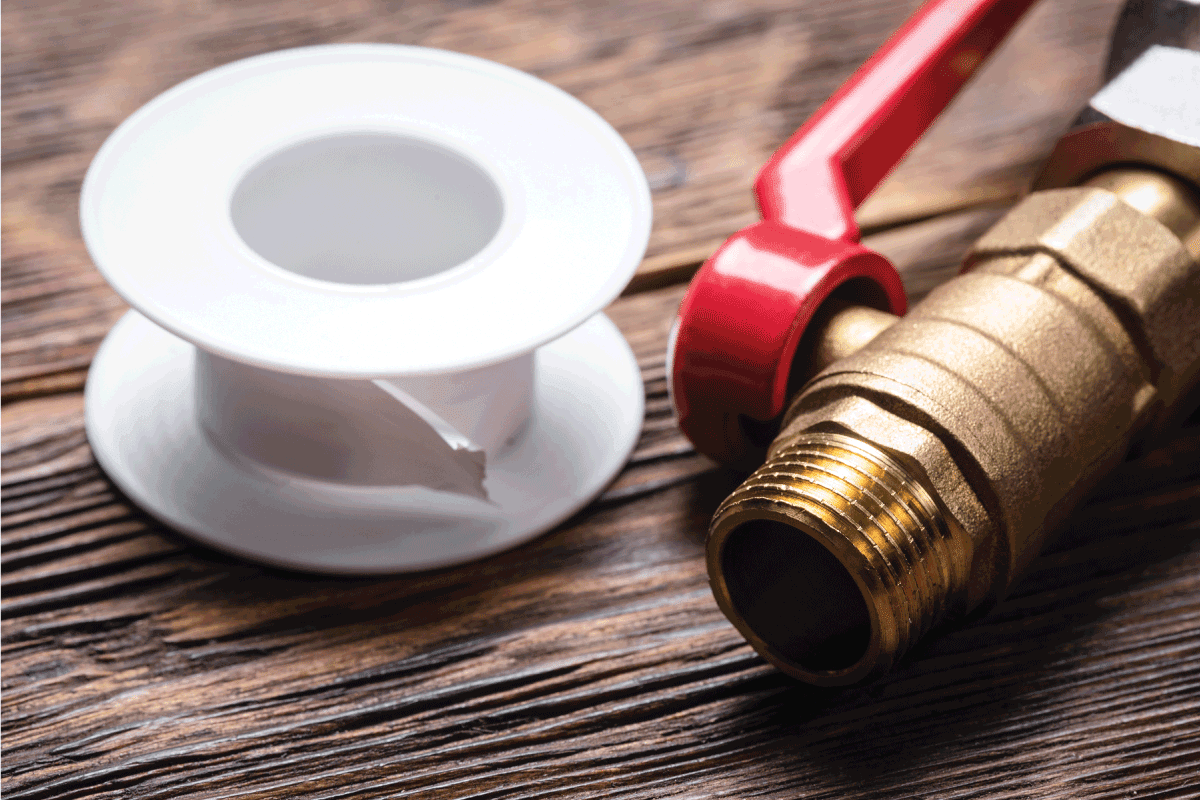
Why Should I Use Teflon Tape?
Teflon tape is good to use if you want a more affordable and straightforward method for sealing pipes, particularly if you don't need to worry about leaks and vibrations. Despite this, the tape is the typical reinforcement for water connections around a household.
Here's a look into the advantages and disadvantages of using Teflon tape on pipework.
The Benefits
Teflon tape is the lightest and easiest to store among other thread sealants. Since it's tape, you won't have to worry about spillage or drying out during long-term storage.
The sealant offers an indefinite shelf life because the material doesn't consist of components that wear as time passes.
It is also affordable for the amount of tape it provides, making it a cost-efficient option. You can easily attach and detach Teflon tape by winding it around the thread without making a mess or damaging the pipes.
Teflon tape comes in different types differentiated by color, so you may be able to find a variant that works effectively on other systems.
The Drawbacks
You will need to wrap it around the thread several times for a better seal depending on the pipes you're working with, so you might run out quickly.
Most installers use Teflon tape for temporary or minor connections because it can tear or unravel with too much tightening. When this happens, it results in clogging within the pipes.
Teflon tape doesn't guarantee leakproof connections because it doesn't adhere to the threads. It also has no resistance to vibration, so you should avoid using it on a high-pressure system.
How To Use Teflon Tape
Teflon tape offers the quickest application out of the given pipe thread sealants. But while it follows a few basic steps, it's crucial to ensure you apply it correctly. Otherwise, the connections will be too loose, or the seal may break.
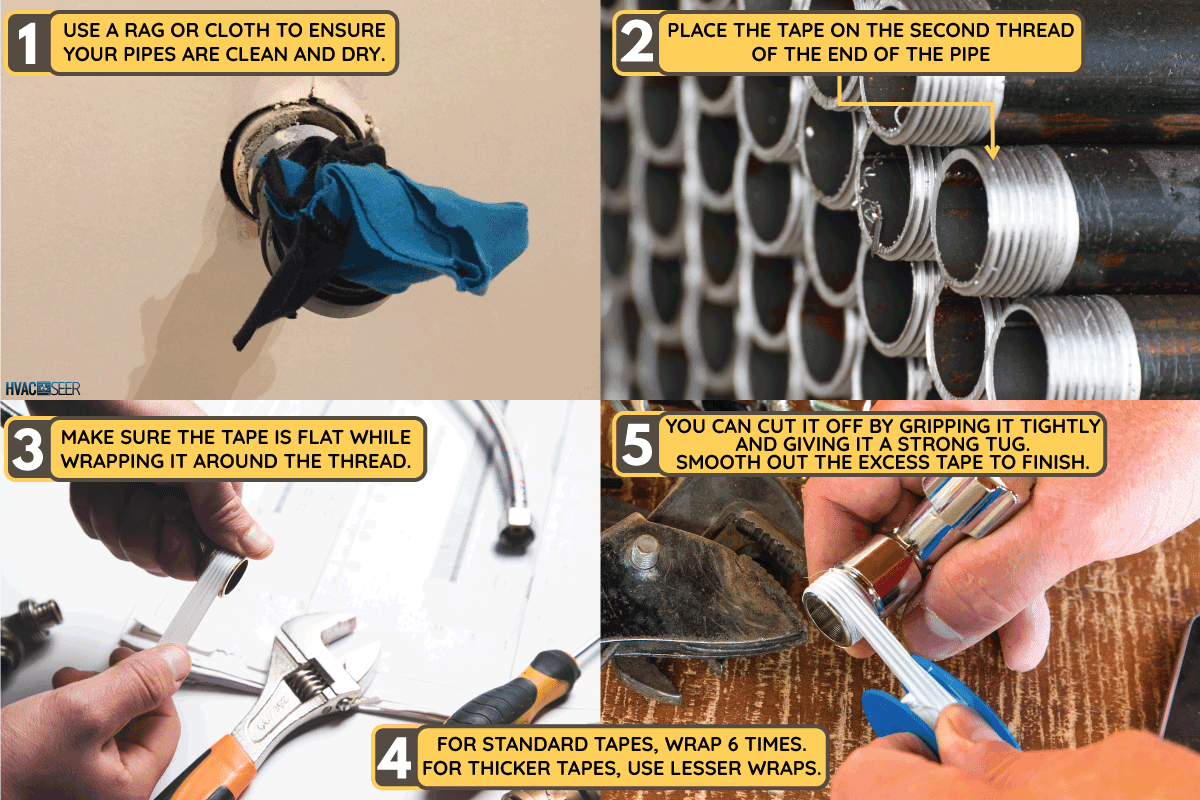
Here's how you should do it.
- Use a rag or cloth to ensure your pipes are clean and dry, especially the ends.
- Locate the second thread from the end of the pipe. Place the end of the tape there and hold it down with your finger.
- Ensure the tape lies flat, then wrap it around the pipe, pulling enough to keep it tight. Overlap the Teflon tape with every turn. Follow the direction the pipe will turn when you attach it to the female thread.
- If your tape is the standard type, wrap it up to 6 times. You can lower the number of times you wrap it if your tape is thicker.
- You can cut it off by gripping it tightly and giving it a strong tug. Smooth out the excess tape to finish.
Is Rectorseal A Good Thread Sealant?
Rectorseal is one of the top pipe thread sealant recommendations that come in different options. It offers pipe glue ideal for sealing varying pipe materials for gas, air, and water systems.
The following are the pros and cons of using Rectorseal to seal pipe threads.
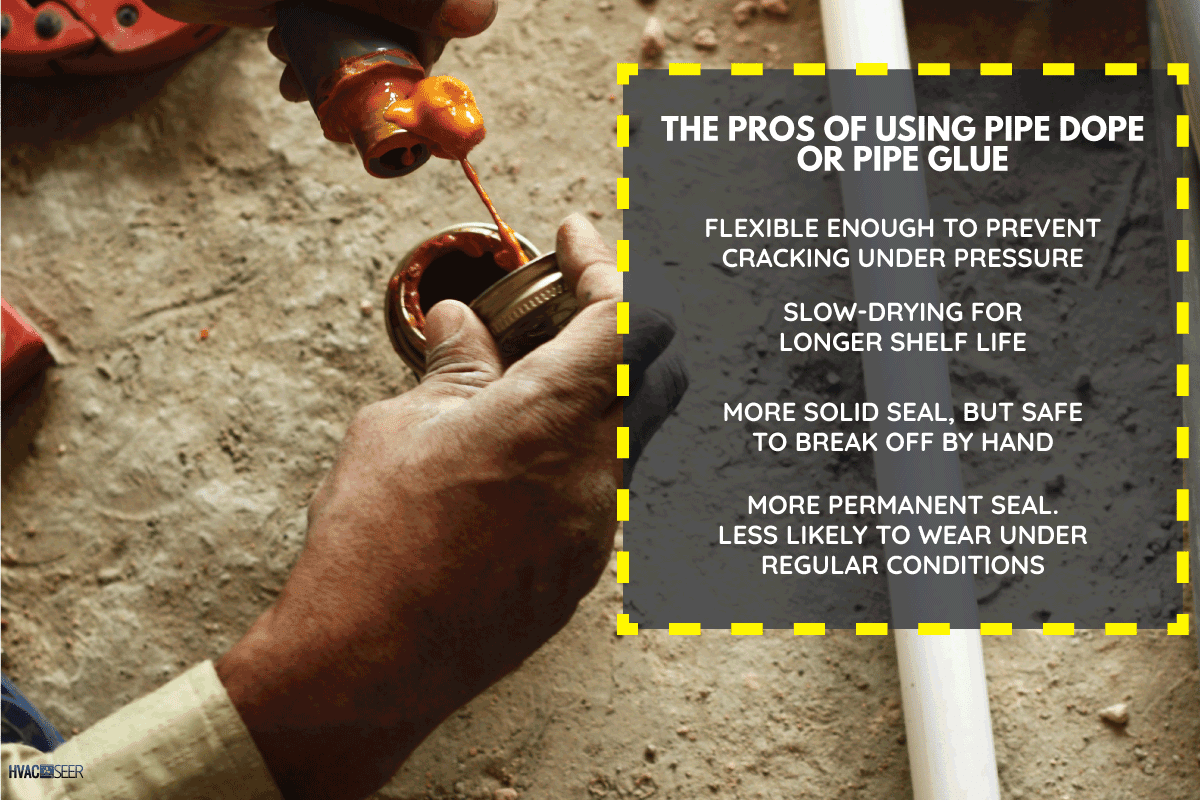
The Pros
Rectorseal sealants come with soft-setting features to keep them flexible enough to prevent cracking or damage under strain. That way, the seal is less prone to cracking and pulling away.
Even as pipe dope, Rectorseal offers slow-drying properties to allow lengthier shelf life but can be pressurized immediately upon application.
Pipe glue provides more security than Teflon tape when the compound hardens, creating a more solid seal. However, you can break them out without damaging the threads.
Plumbing professionals prefer pipe dope over Teflon tape when they need permanent seals because they are less likely to wear under regular conditions.
The Cons
It's common for solvent-based pipe dope to shrink or crack when it comes in contact with heat or high vibration levels, causing the seal to lose its effectiveness and function.
Although the application is relatively simple, it usually leads to a mess due to the color and consistency of the compound.
Some also suggest avoiding pipe dope application directly on plastic pipes since it could cause the fittings to be too slick and damage them later.

How To Apply Rectorseal Thread Sealant
Rectorseal doesn't require a lot of steps when applying it onto pipes, but it does get messy. Here's a quick guide on how to use it.
- Start by cleaning the threads using a brush or compressed air. If you're working with PVC pipes, scrape out grime using a small screwdriver or rag. Make sure they're all dry.
- Evenly coat the male end of the threads using the provided applicator or your finger. Be careful not to get them inside the pipes.
- Thread the pipes together, avoiding cross-threading to prevent damage. It's also best not to overturn or overtighten them.
- Wipe off any excess compound around the joints using a clean rag.
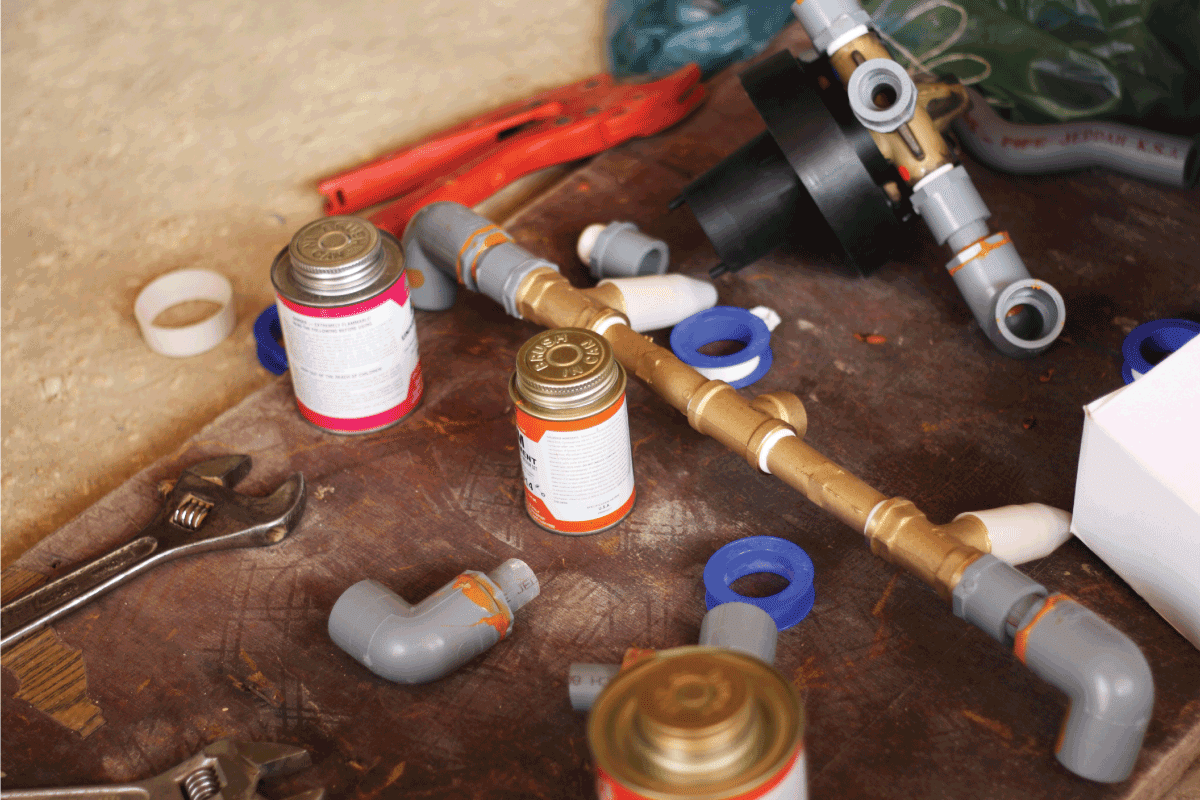
The Verdict
Rectorseal or pipe dope and Teflon tape are the usual suggestions for DIY pipework assembly. Both thread sealants work excellently for different cases but can also go together for extra sealing and protection.
Teflon tape is easier to apply and works well as a quick solution for attaching pipes, while Rectorseal is suitable for more durable and permanent seals.
If you found this post helpful, check out these informative articles:
How To Connect Galvanized Pipe Without Threads [Inc To Pvc, Pex, Or Copper]?



